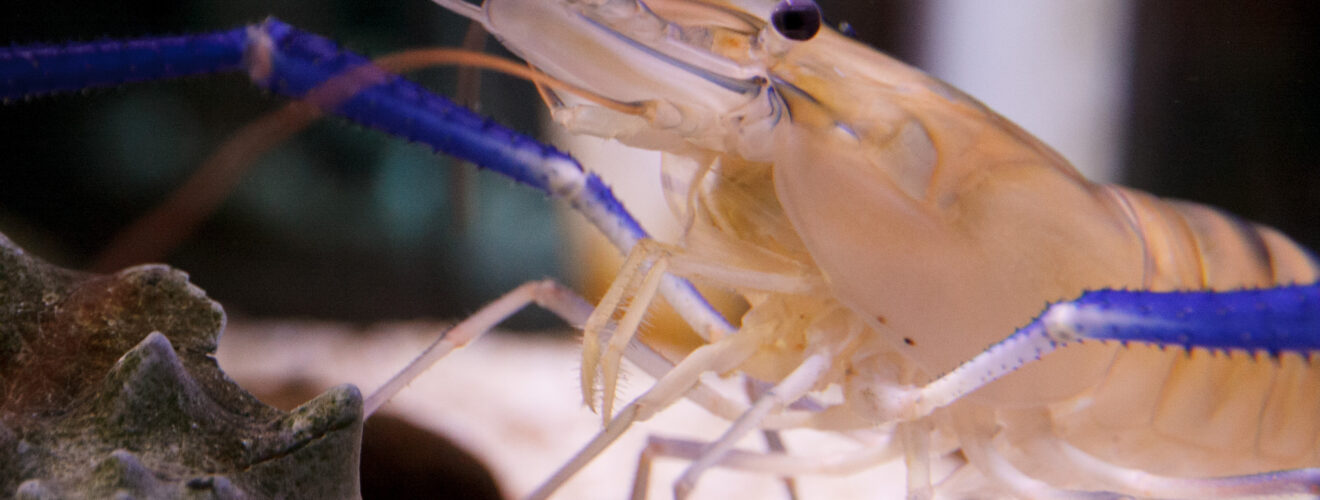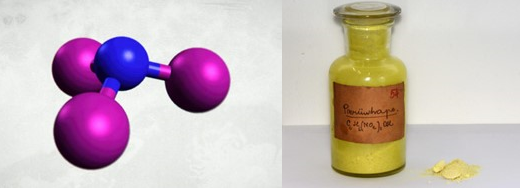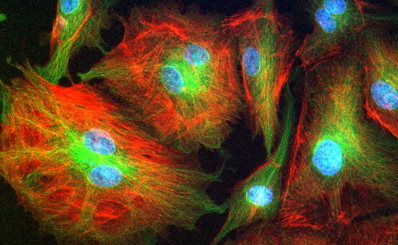Prawns: The New Defence against Tropical Disease?

The Diama dam was completed in 1985 on the Senegal River in West Africa to prevent seawater from reaching the river1. However, this left unintended ecological changes, leaving the region with an ongoing outbreak of the tropical disease, schistosomiasis. New research suggests that a native prawn species might help fight this disease – but how?
Schistosomiasis, or bilharzia as it is sometimes known, is a disease caused by parasitic worms that affects up to 209 million people, with an estimated 90% of those afflicted living in Africa2. The parasite lives in an intermediate host, the freshwater snail, which is abundant in freshwater regions such as the Senegal River.
Transmission occurs when snails, which are infected with the parasite, release the larvae into freshwater, such as rivers and lakes. When people come into contact with the infected water, the larvae can burrow into the skin and transform into adult worms and lay eggs. Praziquantel is currently the drug of choice in the fight against schistosomiasis, and for as little as $0.32 (US), it can treat a child for a year3. However, since praziquantel does not have long lasting effects and re-infection rates are extremely high, a more permanent solution is needed.
Enter the giant river prawn (Macrobrachium vollenhovenii), a natural predator of the snail that harbors the schistosomiasis parasite. A research team at Stanford University led by Dr. Sokolow investigated the reintroduction of the prawn back into the Senegal River4. The study showed that within the test area the number of infectious snails were reduced by 80%, with human schistosomiasis prevalence also dropping. This research looks extremely promising: the prawn reintroduction, used in combination with the anti-parasitic drug praziquantel, could make the area schistosomiasis free.
But one important question remains: would we be able to recreate this experiment in other places where schistosomiasis prevalence is high? The prawns are natural predators of the snails and were actively found in the Senegal River before the Diema Dam was constructed, meaning the prawns would have no ill-effect on the ecosystem. However, in places were prawns are not native, their introduction could pose unknown risks to the ecosystem.
These are all issues that need to be considered before any widespread experimentation is completed, but for now it is clear we are taking large steps into tackling this deadly parasite.
Edited by Sarah Spence
References
- Why the dam was constructed on the Senegal River: Southgate, V.R. 1997. https://www.ncbi.nlm.nih.gov/pubmed/9192711
- For more information on schistosomiasis and the disease it causes: World Health Organization. 2017. http://www.who.int/mediacentre/factsheets/fs115/en/
- An in-depth article on schistosomiasis and praziquantel: Hotez, P.J. et al. 2009. http://journals.plos.org/plosntds/article?id=10.1371/journal.pntd.0000430
- For the primary research completed by the team: Sokolow, S.H. et al, 2015. http://www.pnas.org/content/112/31/9650










